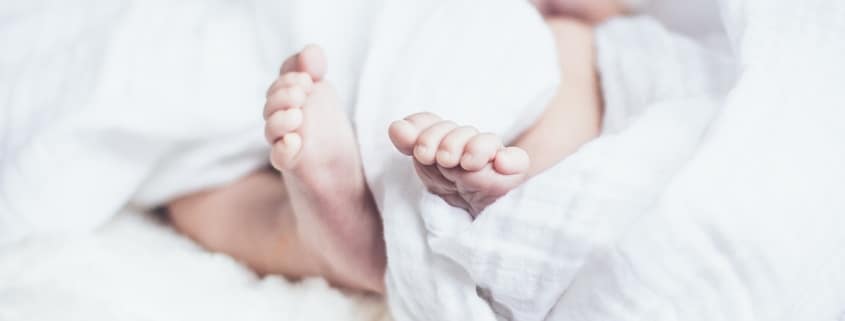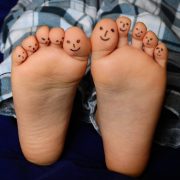From Feet to Brain
Most of us have been educated to wear so called “good” shoes. Now, good shoes, for most, refer to a supportive structure fully equipped with an arch support. And if this is what is indicated for adults, it is even more so what is specified for children.
I dare you to walk into kids shoe store. I dare you to ask for shoes that allow the foot to move naturally. Here is what you will be told:
“We have these types of shoes for babies up to two years old but then, they start walking and they need support!”
Although this answer satisfies most, how evidence-based is it? New research finds that children and adolescents who spend most of their time barefoot develop motor skills differently from those who habitually wear shoes.
There aren’t 50 studies on this topic. Recently published in Frontiers Pediatrics is the first one of its kind.
Professor Zech from University of Jena, Germany, stipulates that walking barefoot is widely thought to be more natural, and the use of footwear has long been discussed as an influencing factor on foot health and movement pattern development.
Three motor skills (balance, standing long jump and a 20-m sprint) were assessed in 810 children and adolescents. The habitually barefoot participants scored significantly higher in the balance and jumping tests compared to the habitually shod participants.
Based on these results, Zech advises that physical education classes, exercise and sport programs, and recreational activities that aim to improve basic motor skills could benefit from including barefoot activities. She says that parents could also encourage regular barefoot time at home.
https://www.frontiersin.org/articles/10.3389/fped.2018.00115/full







Leave a Reply